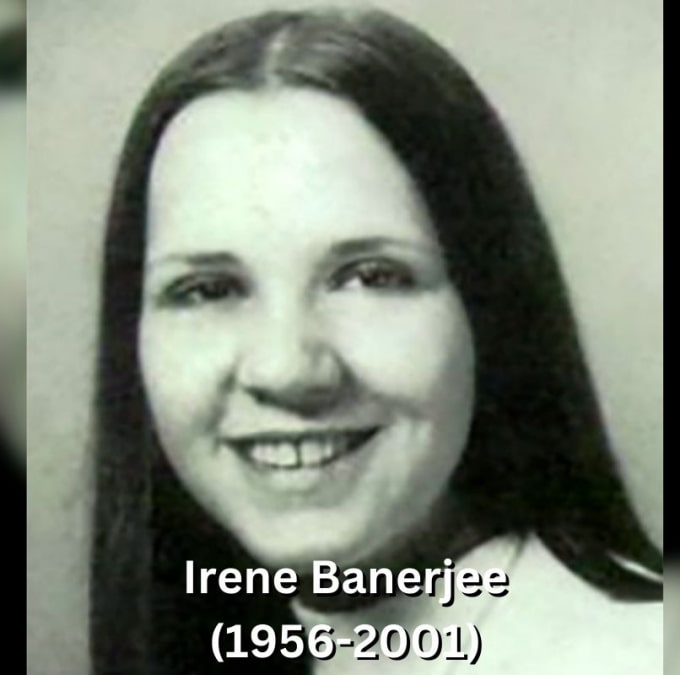The life and career of Roman Totenberg embody the transformative power of music and the resilience of the human spirit. From his humble beginnings as a child prodigy in Poland to his esteemed status as a violinist and educator in the United States, Totenberg's path is marked by remarkable achievements and unforgettable stories. This article delves into his life, shedding light on his early years, career milestones, private life, notable achievements, and financial insights.
Quick Info Table
| Field | Details |
|---|---|
| Full Name | Roman Totenberg |
| Known As | Roman Totenberg |
| Occupations | Violinist, Educator |
| Date of Birth | January 1, 1911 |
| Birthplace | Łódź, Poland |
| Nationality | Polish-American |
| Parents | Adam Totenberg, Stanisława Winawer Totenberg |
| Spouse | Melanie Shroder (m. 1943) |
| Children | Nina Totenberg, Amy Totenberg, Jill Totenberg |
The Making of a Musical Prodigy: Early Life
Roman Totenberg's early life was instrumental in shaping his extraordinary career. Born in Łódź, Poland, his musical talent was evident from a tender age, nurtured through diligent study and international exposure.
Childhood in Łódź and Moscow
Roman Totenberg was born on January 1, 1911, in Łódź, Poland. His family relocated to Moscow in 1914, where he spent his early childhood till 1921. Raised in a musically rich environment, with a violinist father, Adam Totenberg, and pianist mother, Stanisława Winawer Totenberg, his artistic growth was fostered from the start.
Homecoming to Warsaw and Musical Training
In 1921, the Totenberg family returned to Warsaw. Roman's extraordinary talent quickly became apparent, leading to his enrollment in formal violin training under esteemed teachers such as Grzegorz Fitelberg and Mieczysław Michalowicz. His early performances caught the attention of many, setting the stage for a promising career.
Career Highlights: A Journey Through Music
Totenberg's career spanned several decades, during which he performed with leading orchestras, introduced contemporary works, and made significant contributions to music education.
European Debuts and Education
In 1929, Roman Totenberg moved to Berlin to study under the esteemed violinist Carl Flesch. His performance skills blossomed, leading to his European debut. By 1932, he had relocated to Paris to study under George Enescu, further honing his craft.
Immigration to the United States and Rising Stardom
In 1938, Totenberg immigrated to the United States, where he continued to build his career. He made his British and American debuts in 1935, and his performance at the White House in 1936 cemented his reputation as a violin virtuoso.
Formation of the Alma Trio and Contribution to Chamber Music
In 1942-43, Totenberg co-founded the Alma Trio with pianist Adolph Baller and cellist Gabor Rejto. The trio gained renown for their performances and recordings, significantly contributing to the field of chamber music in America.
Academic Contributions: Nurturing the Next Generation
Totenberg's academic career was equally illustrious. He served as the head of the string department at Boston University from 1961 to 1978 and later directed the Longy School of Music from 1978 to 1985. His influence on young musicians was profound, with many of his students achieving notable success.
Personal Life: Beyond The Music
Roman Totenberg's personal life was as rich and varied as his professional career. His family, relationships, and interests added depth to his character and legacy.
Marriage and Family
In 1943, Roman Totenberg married Melanie Shroder, a concert pianist. The couple had three daughters: Nina Totenberg, a distinguished journalist; Amy Totenberg, a U.S. District Judge; and Jill Totenberg, a businesswoman. The Totenberg family maintained a close-knit bond, with Roman instilling values of perseverance and excellence in his children.
The Ames Stradivarius Theft and Recovery
One of the most dramatic events in Totenberg's life was the theft of his cherished Ames Stradivarius violin in May 1980. The instrument, valued at millions, was stolen from his office at the Longy School of Music. It wasn't until August 6, 2015, that the violin was recovered, thanks to the efforts of the FBI and the cooperation of Totenberg's daughters. This recovery marked a significant moment, bringing closure to a long-standing mystery.
Major Achievements: A Life of Musical Excellence
Roman Totenberg's career was marked by numerous achievements that showcased his talent and dedication to music.
Premiering Contemporary Works
Totenberg was known for premiering contemporary works by composers such as Paul Hindemith, Samuel Barber, and Darius Milhaud. His American premiere of Arthur Honegger's Sonata for Solo Violin in 1940 was particularly noteworthy, demonstrating his commitment to expanding the violin repertoire.
Awards and Honors
Throughout his career, Totenberg received numerous awards and honors, including the International Mendelssohn Prize, the American String Teachers Association Artist Teacher of the Year in 1983, the Muses & Mentors Award in 2007, and the Medal of Merit from the Polish government in 1988. These accolades recognized his contributions to music performance and education.
Financial Insights
Roman Totenberg's financial success was intertwined with his musical career. His performances, teaching positions, and the eventual recovery of the Ames Stradivarius contributed to his net worth.
Net Worth and Earnings
At the time of his death in 2012, Roman Totenberg's net worth was estimated at around $1-2 million. This estimation included the value of the Ames Stradivarius, which appreciated significantly over the years. His earnings came from concert performances, teaching positions at prestigious institutions like Boston University and the Longy School of Music, as well as royalties from recordings and publications.
Financial Legacy
The recovery of the Ames Stradivarius in 2015 not only restored a priceless instrument to the Totenberg family but also added to their financial legacy. The violin was eventually returned to Totenberg's daughters, who decided to sell it to ensure its continued use by future generations of violinists. This decision reflected Roman Totenberg's lifelong commitment to music and education.
Conclusion
Roman Totenberg's life and career were characterized by extraordinary talent, resilience, and a deep commitment to music. From his early years in Poland to his influential roles in the United States, Totenberg left an indelible mark on the world of classical music. His legacy lives on through his recordings, students, and the remarkable story of the Ames Stradivarius.
Roman Totenberg's story is one of passion, dedication, and an enduring legacy in the world of classical music. His life's work continues to inspire musicians and music lovers around the globe.













